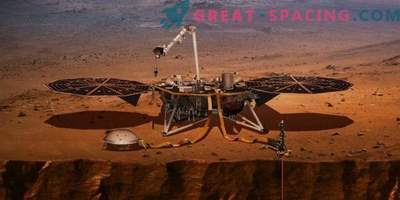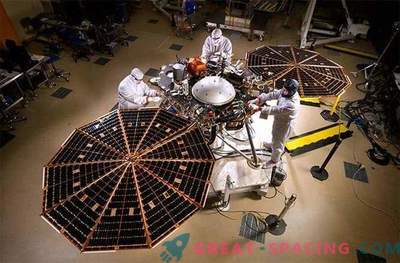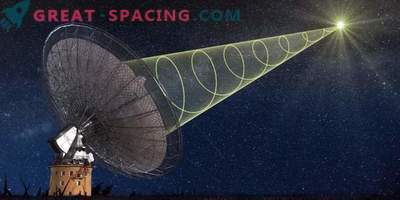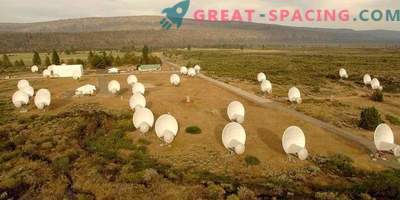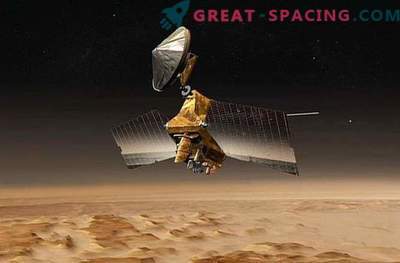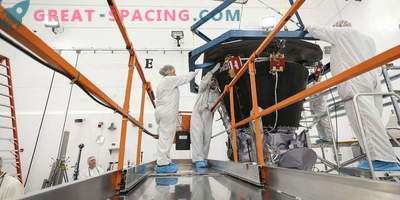
Last year, a pair of space-sized satellite satellites under the MarCO mission were sent to Mars. All believed that their success lies in the banal survival. If we could work in outer space and send scientific data, they could expand the limits of the possibilities of experimental technology.
It seems the couple has reached its own limit. It has been more than a month since the launch of the InSight mission and its MarCO satellites to the Red Planet. The team believes that it will never receive signals from satellites.
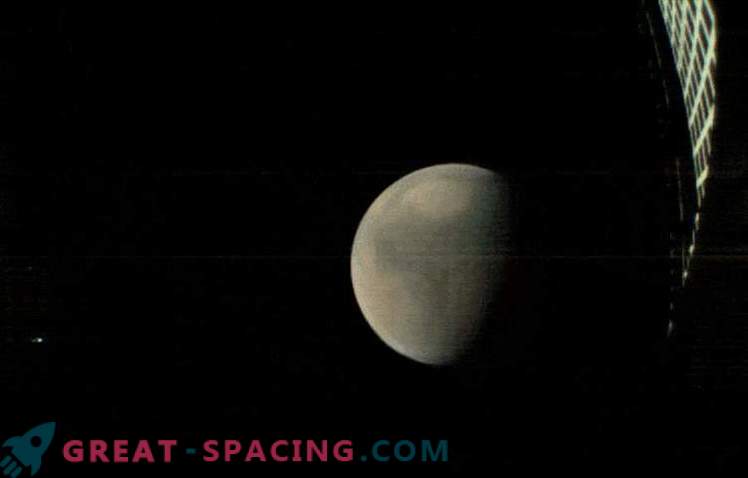
MarCO B is one of the experimental miniature satellites. He managed to get these pictures as he gets closer to Mars.
MarCO (Mars Cube One) - the first interplanetary mission that used the class of mini-spaceships like CubeSat. They were called EVE and WALL-E (cartoon characters) and were used as communication repeaters during the landing period of InSight, transmitting data at every stage of descent to the Martian surface in almost real time. WALL-E also sent amazing photos of Mars, while EVE did simple radiology.
The success was achieved thanks to an experimental technology that cost NASA's Jet Propulsion Laboratory $ 18.5 million. The last signal from WALL-E came on December 29, and from EVE on January 4. Trajectory analysis shows that WALL-E is now 1.6 million km away from Mars, and EVE is 3.2 million km away. The lack of communication is explained by several theories. WALL-E has a leaky motor. Due to problems with the establishment of a contact, they can fluctuate and lose the ability to send and receive commands. In addition, there could be a problem with solar powered batteries. Or they have moved too far and do not send their own antennas exactly to Earth.
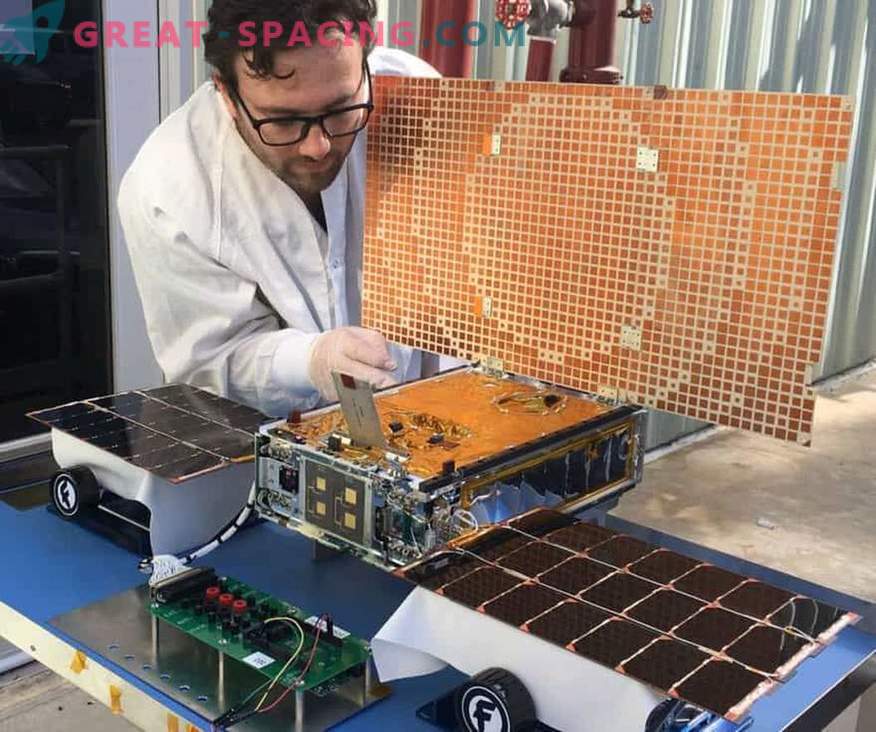
Engineer Joel Steinkruz uses sunlight to test solar cells at one of MarCO at NASA's Jet Propulsion Laboratory
MarCO will no longer turn to the Sun until summer. At that moment, the team will try to reestablish the connection, but no one is sure if their batteries can work for that long. Even if the mission is completed, scientists consider it to be incredibly successful.
Spare parts will be used in other CubeSat missions, which include experimental radios, antennas and propulsion systems. Some of these systems were represented by commercial suppliers. In the coming years, NASA is going to send many more new CubeSat.




